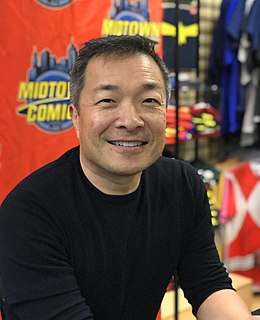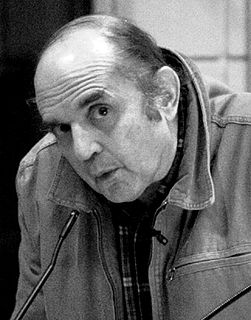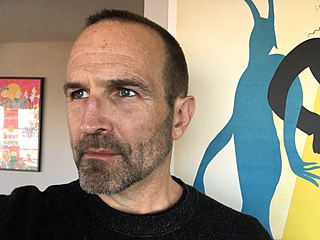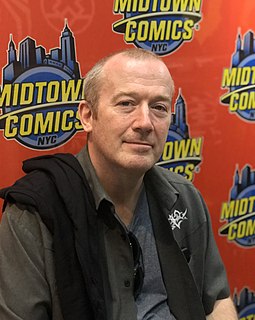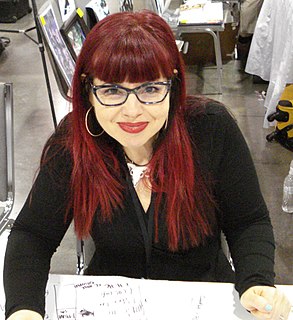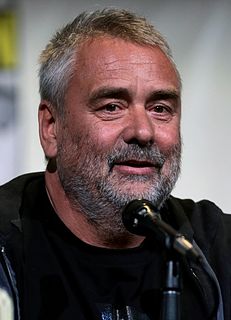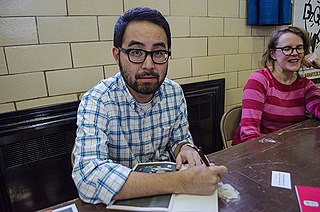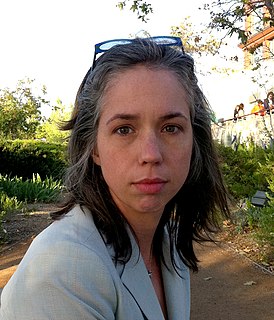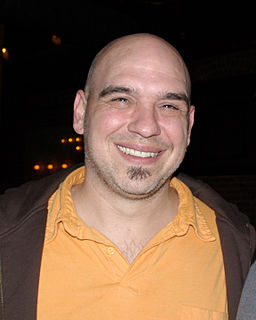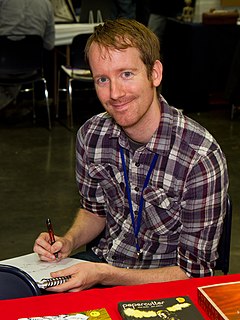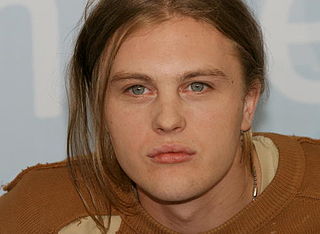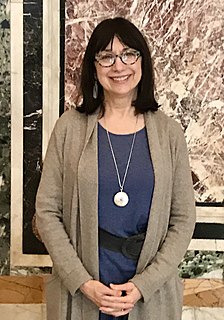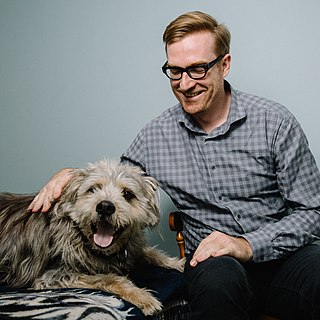A Quote by Jim Lee
Nick Cardy's work helped define some of the things we see in comics today and take for granted. He broke out of the mold in terms of covers and layout and created a truly interactive experience for the reader that directly points back to his time with the Eisner studio.
Related Quotes
When I was a kid, back in the '40s, I was a voracious comic book reader. And at that time, there was a lot of patriotism in the comics. They were called things like 'All-American Comics' or 'Star-Spangled Comics' or things like that. I decided to do a logo that was a parody of those comics, with 'American' as the first word.
Don't you have class today? (Kyrian) Boy, I'm a backwoods Cajun, I ain't never got no class, cher. (Nick) (He cleared his throat and dropped the thick Cajun accent.) And no, today's registration. I've got to figure out what I'm taking next semester. (Nick) I have a few things I need you to do today. (Kyrian) And that is different from any other day how? (Nick) Sarcasm, thy name is Nick Gautier. (Kyrian)
Eisner mentioned he was uncomfortable calling Kirby someone with heavy artistic intent. I paraphrase, but Eisner felt Jack was mostly
concerned with hitting his page count, telling good stories, and
keeping his family fed. Not pursuing some aesthetic ideal - to seek
that motive in Kirby's work was, he suggested, misguided. I happened to be holding the original artwork to the Devil Dinosaur #4 double-splash, which I turned around and showed Eisner - who took a moment, and said something uncharacteristic: “Okay, I might be wrong.
Howard Chaykin was one of the few who dared to make mainstream comics different back in the eighties; it was guys like him, Alan Moore and Frank Miller who made sure there'd be no going back. Howard's work on The Shadow is amongst his very best: razor-sharp character work, sizzling dialogue and an unsurpassed sense of layout and design.
Comics are not theatre - there's a very important difference in that the reader controls the page. You can linger on a page of comics as long as you want. You can read and go forward and then move back; you can reread, in one sitting or at your leisure. You can take as much time as you want to take in that story.
In comics the reader is in complete control of the experience. They can read it at their own pace, and if there's a piece of dialogue that seems to echo something a few pages back, they can flip back and check it out, whereas the audience for a film is being dragged through the experience at the speed of 24 frames per second.
I don't think comics use iconic forms - or they don't have to. But that makes them even more "cool," if I understand the idea. One has to be quite involved to make comics work. Signals have to be decoded on both the verbal and visual level, simultaneously, and the reader must do a lot of cognitive work between panels as well. Comics definitely need an engaged reader.
I know "accessibility" is a term that's kind of thrown around wantonly today, especially with talking about visual media. But I think that the strength of comics [is how they] really allow you to transcend those last barriers between a reader absorbing the information of an experience, and a reader being able to project themselves into the [experience of the] people about whom they're reading.
My take on what happened with the moon landing was [......] they suspect [ sic ] that on impact that the cameras would be damaged because back in 1969 cameras weren't, you know, like they are today, as good. So they had a studio set up at CBS to mimic the moon landing. And sure enough the cameras broke and so they flipped, you know, the CBS studio on. And what you saw of the footage of the '69 moon landing was actually at CBS studio.
I want my thoughts to be an incentive for the reader to give his or her own thoughts. After I wrote 'Proust and the Squid,' I received truly hundreds of letters - I'm still receiving them - and the letters that I wrote back helped me formulate my thinking around things I know are important to others.
